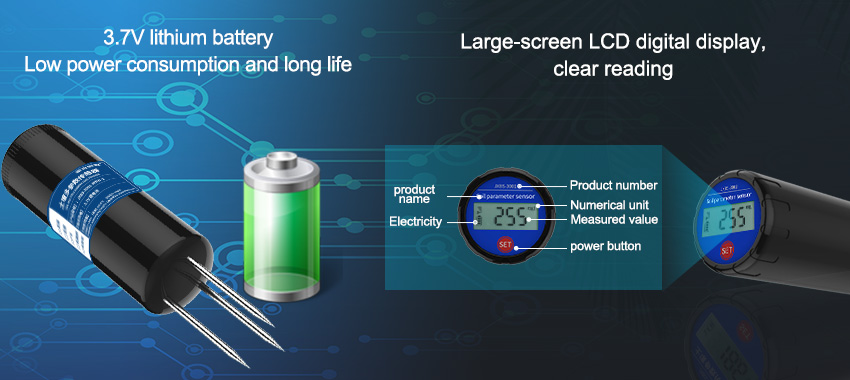In the face of increasing global challenges such as climate change, population growth, and limited resources, sustainable agriculture has become a crucial priority. To address these challenges, farmers and researchers are turning to data-driven solutions to optimize irrigation and nutrient management. Soil sensors have emerged as a key technology in this endeavor, providing real-time data on soil conditions that enable farmers to make informed decisions for sustainable practices. In this article, we will delve into the importance of data-driven decisions in sustainable agriculture, with a specific focus on the role of soil sensors in improving irrigation efficiency and nutrient management.
The Need for Sustainable Irrigation:
Water scarcity is a pressing issue in many regions around the world. Traditional irrigation practices often result in excessive water use, leading to water waste and potential environmental damage. By adopting data-driven approaches to irrigation, farmers can minimize water consumption while maintaining crop productivity. Soil sensors play a vital role in this process by providing accurate information on soil moisture levels, allowing farmers to optimize irrigation schedules and prevent both under- and over-irrigation.

Soil Sensors and Precision Irrigation:
Precision irrigation refers to the targeted application of water based on the specific needs of the crops and the soil conditions. Soil sensors act as the backbone of precision irrigation systems, continuously monitoring soil moisture content at different depths. This real-time data is transmitted to the farmer, who can then adjust irrigation schedules and volumes accordingly. By avoiding over-irrigation, water waste is minimized, reducing the strain on water resources and improving overall water use efficiency.
Enhancing Nutrient Management:
Efficient nutrient management is essential for sustainable agriculture. Soil sensors provide valuable insights into the nutrient content of the soil, enabling farmers to optimize fertilizer application. By accurately assessing nutrient levels, farmers can apply fertilizers in the right quantities and at the right time, minimizing waste and reducing environmental pollution. This data-driven approach leads to improved fertilizer efficiency, cost savings, and enhanced crop quality.
Monitoring Soil Health:
Soil health is a critical aspect of sustainable agriculture. Soil sensors can detect indicators of soil degradation or contamination, such as changes in pH levels or electrical conductivity. Early detection of soil health issues allows farmers to take proactive measures to mitigate potential problems before they impact crop productivity. By continuously monitoring soil conditions, soil sensors enable farmers to identify the causes of soil deterioration and implement necessary interventions to maintain healthy soil ecosystems.
Integration of Data from Multiple Sources:
Data-driven decisions in sustainable agriculture require the integration of data from multiple sources, including soil sensors, weather forecasts, and crop growth models. Advanced analytics and machine learning techniques can process this data to generate meaningful insights and predictions. For example, by combining soil moisture data from sensors with weather forecasts, farmers can anticipate rainfall events and adjust irrigation schedules accordingly. This integration of data sources optimizes resource allocation and helps farmers make informed decisions for sustainable practices.
Challenges and Opportunities:
While the potential benefits of soil sensors in sustainable irrigation and nutrient management are evident, there are challenges that need to be addressed. Cost can be a barrier to adoption for small-scale farmers, as soil sensors can represent a significant investment. Additionally, technical knowledge and training may be required for farmers to effectively utilize the data provided by these sensors. Collaborative efforts between researchers, technology providers, and farmers can help overcome these challenges and create opportunities for widespread adoption.

The Future of Data-Driven Agriculture:
The future of data-driven agriculture looks promising, with advancements in sensor technology and data analytics. Soil sensors will continue to evolve, becoming more affordable, durable, and accurate. Integration with other emerging technologies such as remote sensing and Internet of Things (IoT) devices will enhance the capabilities of data-driven agriculture. Moreover, the development of user-friendly interfaces and decision support systems will enable farmers to interpret sensor data more effectively and make informed decisions for sustainable practices.







